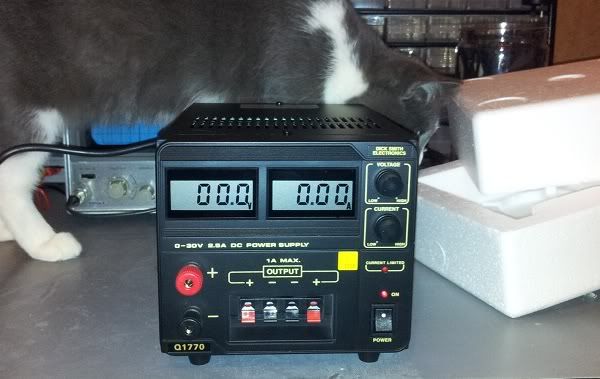....Teardown incoming

For anyone after an entry level supply, or maybe another one (who doesn't) - These old supplies are no longer being stocked after this runs out.
They were down to an already decent $99, but recently unknown to me were reduced to
$49Model: Q1770
0-30V Adjustable Voltage
0-2.5A adjustable current
Ripple: 5mV
Line/Load Regulation: +-10Mv
To those interested in this. I have to apologise first out. I should have posted this as soon as I saw it yesturday arvo, but wanted to look them up and check them out first.. didn't want to post up and have none for me to pickup today

However. Unfortunatly, in the meantime, One DAY later DSE have removed the product page from their website! so you can't look up which stores have them in stock anymore.. argghh (and it's not many)
Thankfully I did a quick look around at the time, and I can only remember the following!.. Sorry!
BRIS:
North Lakes - 1 in stock (I took # 2)
Logan Hyperdome : Low stock
SYD: One of the western stores came up with Low stock . You'll have to ring up.
MELB: - don't believe anyone had stock.
All the the other stores, who knows. but whatever they have, that's it.
I've only had a quick play, and all seems great. These are a common-ish old unit, and i'm sure theres people here who have one of these. I believe BK and a few others market them aswell.
Will follow up with a teardown shortly though.

